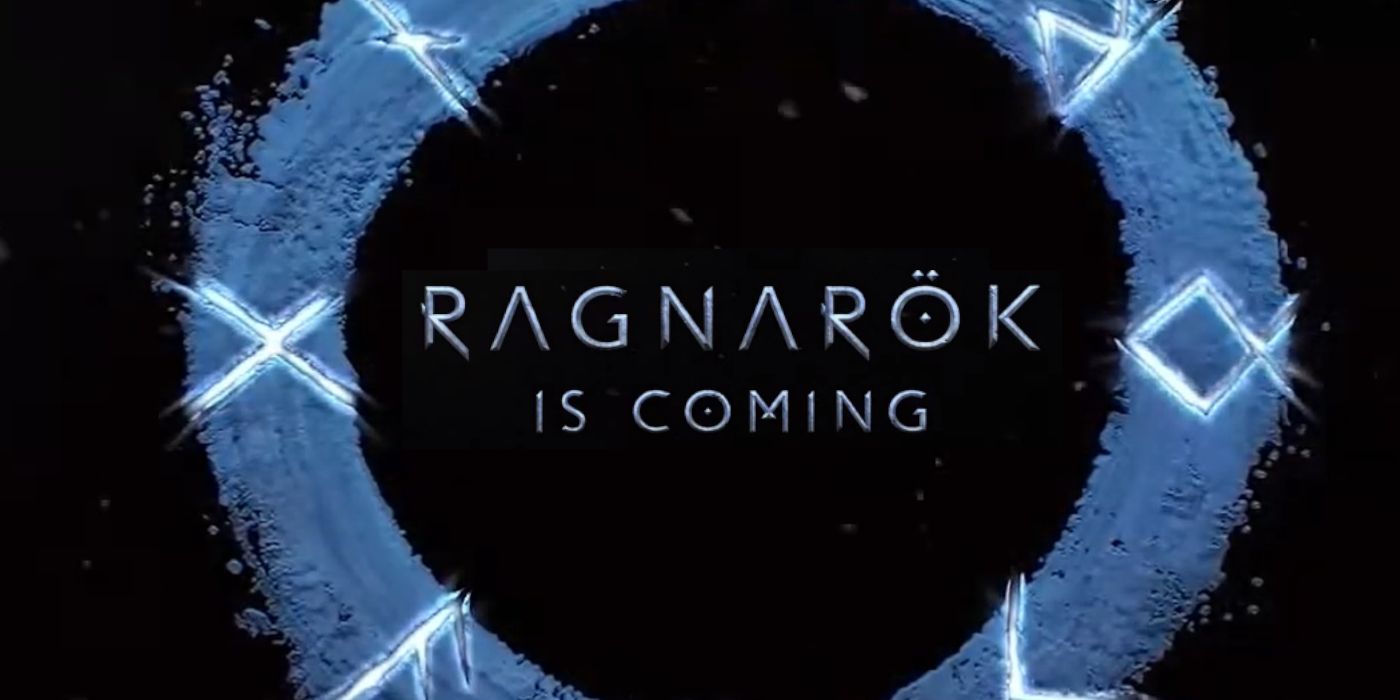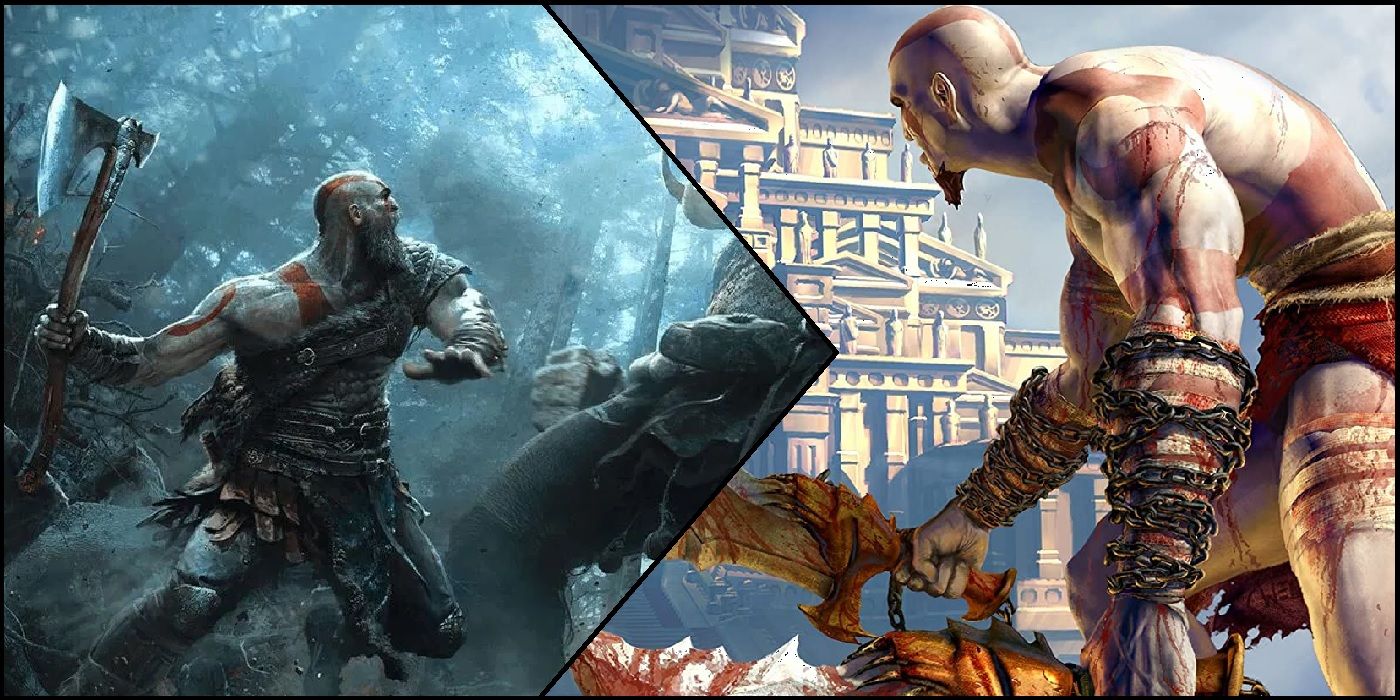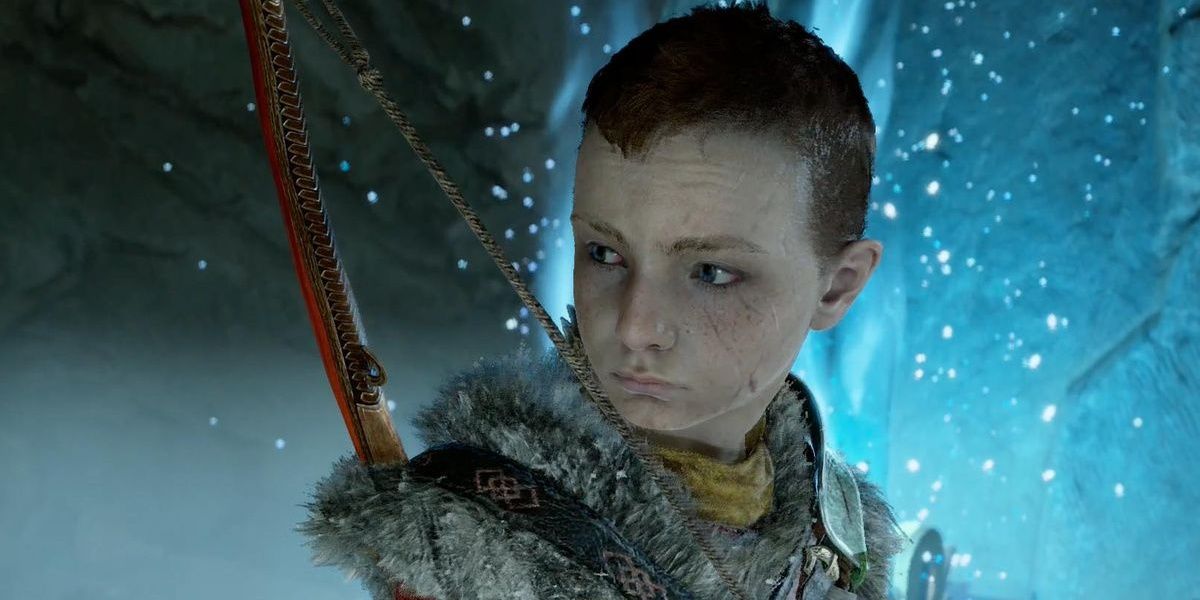God of War 2018 was one of the PS4’s most successful exclusives, and many fans are excited for the upcoming sequel, which hints that “Ragnarok is coming” in the trailer. The last game showed players a far more grizzled Kratos than the one seen in the original trilogy, and shifted the setting from ancient Greece to Midgard, the mortal world of Norse mythology.
This means that God of War’s Ragnarok sequel could answer one of the biggest questions in the God of War franchise to date. Between Ragnarok itself and the potential death of all the Norse gods, players could finally gain insight into one crucial change that took place between God of War 3 and 2018’s God of War.
The Changing World of God of War
The original God of War trilogy took place in a world where the Hellenic pantheon was real. Kratos grew up in the historical city-state of Sparta and had interactions with the Greek gods from Ares to Zeus, and even the Titans. Up until God of War 2018, it was fair for most fans to assume that the story of God of War took place exclusively within a universe based on the ancient Greek view of the cosmos.
However, God of War 2018 established that Kratos was able to leave Greece and travel to Midgard, ruled by the Norse gods. This begged a huge question – how did a new pantheon of gods come to exist after the destruction of the Greek gods at Kratos’ hands?
Ragnarok is the “Twilight of the gods” and the death and rebirth of the world in Norse mythology. In some versions, some gods do survive, like Magni and Modi, Thor’s sons who are said to take up his hammer after his death from the poison of the World Serpent. Magni and Modi, however, were both killed in 2018’s God of War.
This makes it unlikely that the Ragnarok seen in the God of War universe will see the rebirth of the Norse pantheon. However, it could see the birth of the next Pantheon to come after the Greek gods and the Norse gods.
The Birth of New Gods
Exactly how this happens could give players a huge amount of insight into some of the events which must have taken place between God of War 3 and God of War 2018. It could even give players a far better understanding of what it means to be a god in the God of War universe, where they derive their powers, and ultimately, where they come from.
Since the worship of the Norse gods was followed by conversion to monotheistic Christianity in Northern Europe, it remains unclear what pantheon God of War could set up as the successor to the Norse gods after Ragnarok. The types of gods God of War deals with are more consistent with one another than they would be a monotheistic god, which would likely require other gods to have never existed.
Nevertheless, witnessing the end of the world in God of War’s Ragnarok could give players a far better idea of what takes place between the destruction of pantheons and how new gods arise in the God of War universe. Even if a new pantheon isn’t set to take over from the Aesir and Vanir, reaching that precipice could reveal the answers to some of the biggest questions fans have about the world of God of War so far.
God of War's sequel is set to launch in 2021 for the PS5.



